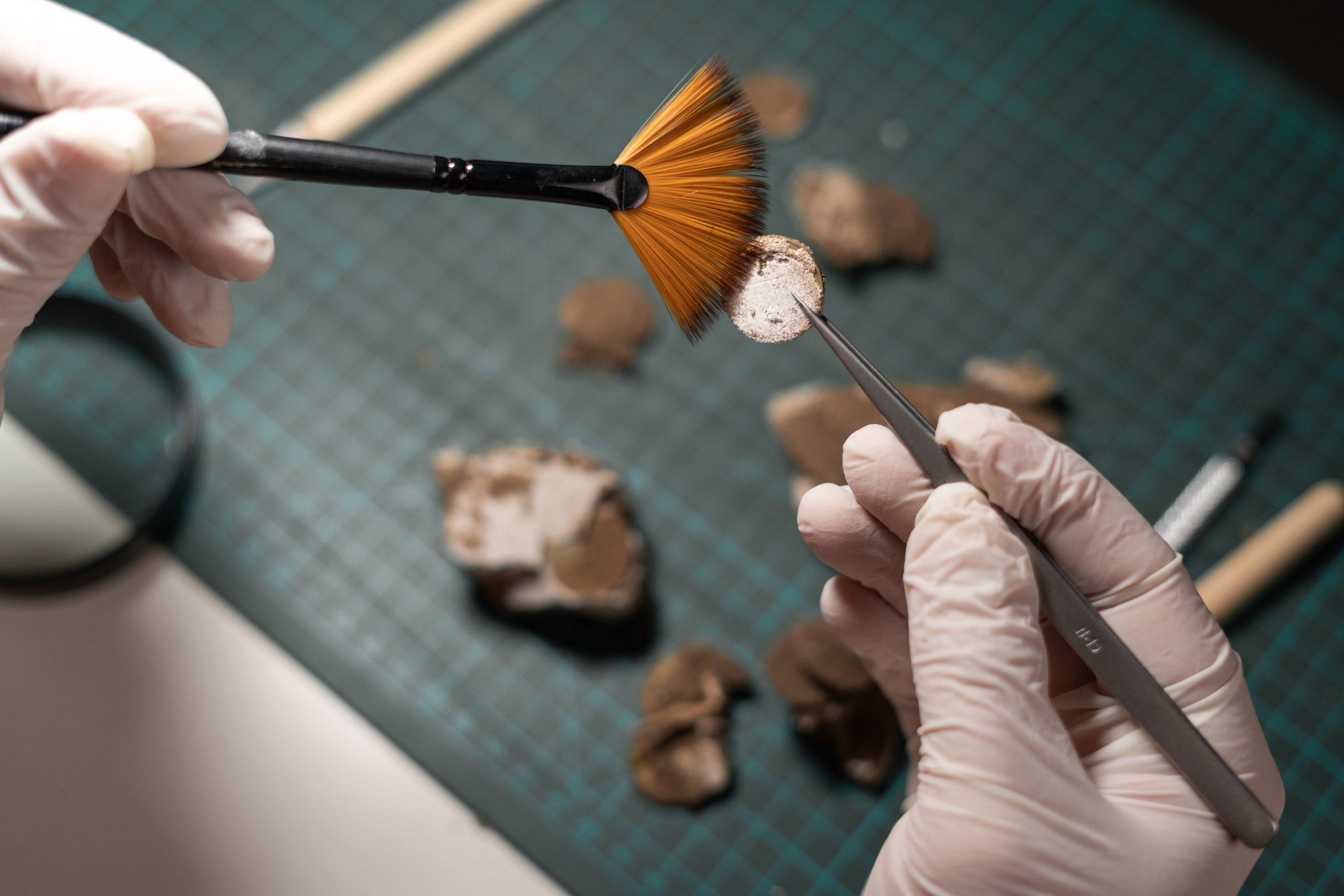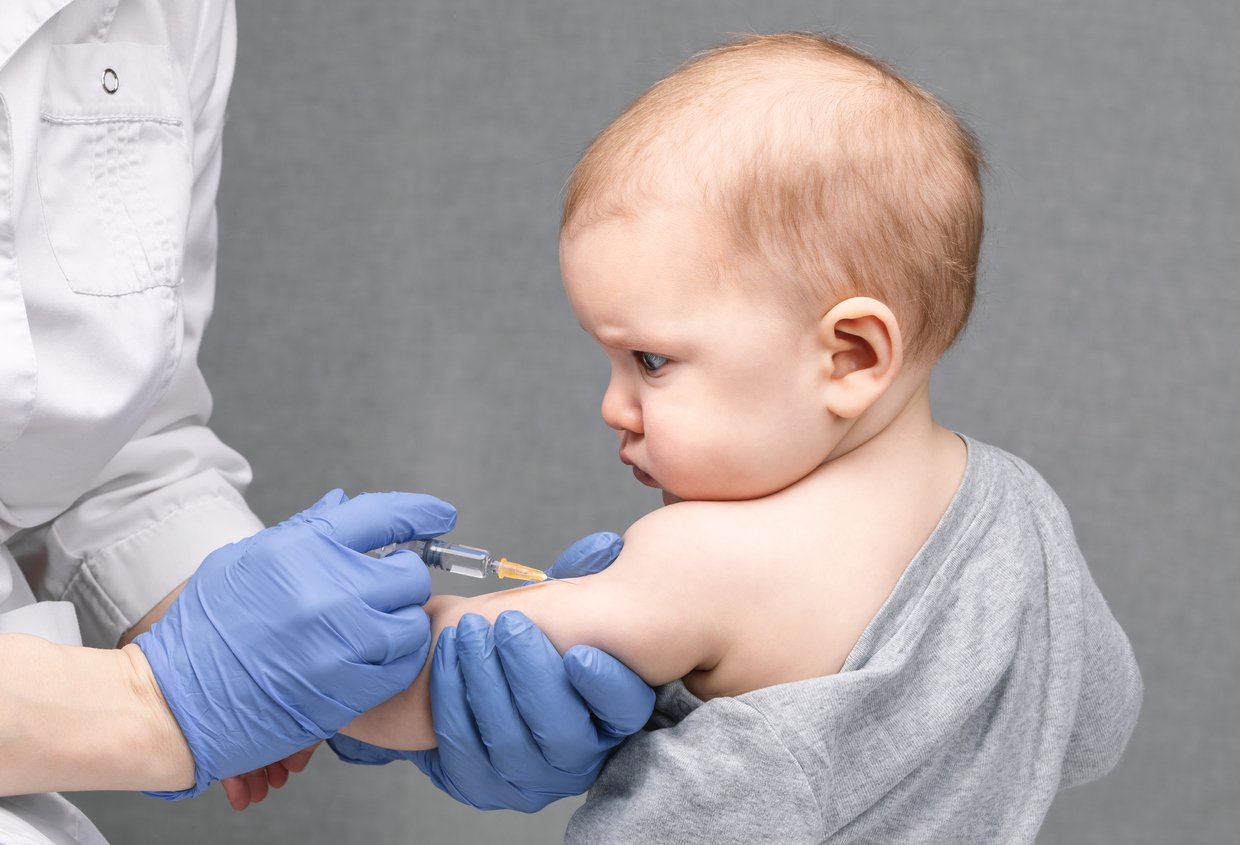Tommaso Mancini-Griffoli will join the BIS on 1 March 2026.
- Tommaso Mancini-Griffoli, currently Assistant Director, Payments, Currencies, and Infrastructure, at the International Monetary Fund (IMF), has been appointed to head the BIS Innovation Hub.
- Mr Mancini-Griffoli will join the BIS on 1 March 2026 and lead work to explore technological solutions within the central bank community on innovation.
- He will drive stakeholder collaboration and support the overall delivery of the BIS mandate as a senior member of the BIS leadership team.
The Board of Directors of the Bank for International Settlements (BIS) has appointed Tommaso Mancini-Griffoli as Head of the BIS Innovation Hub (BISIH). He will lead the BIS Innovation Hub in its mission to foster international collaboration among central banks on innovative financial technology.
He is currently Assistant Director in the Monetary and Capital Markets Department of the IMF, responsible for payments, currencies and financial market infrastructures. He will join the BIS on 1 March 2026 for a five-year term. As Head of the BIS Innovation Hub, he will be a member of the Executive Committee of the BIS.
The BIS Innovation Hub has a global footprint across seven centres around the world – in Frankfurt/Paris (for the Eurosystem), Hong Kong SAR, London, Singapore, Stockholm (for the Nordic countries), Switzerland and Toronto. The BIS Innovation Hub also has in place a strategic partnership with the Federal Reserve System.
Through its broad project portfolio, the BIS Innovation Hub works together with central bank partners to explore projects that have the potential to enhance the resilience and efficiency of the global financial system. It also monitors critical trends in technology affecting central banking, works closely to complement the research work of the BIS and serves as a focal point for a network of over 200 central bank experts on innovation.
Mr Mancini-Griffoli joined the IMF in 2011 and has held a number of leadership roles covering monetary policy and central banking operations as well as payments and financial market infrastructures. He is currently the Chair of the IMF coordination group on digital money and represents the IMF in international forums.
Prior to joining the IMF, Mr Mancini-Griffoli was a senior economist advising the board of the Swiss National Bank on monetary policy. He previously held roles at Goldman Sachs, the Boston Consulting Group and a technology startup in Silicon Valley.
He holds a PhD in economics from the Graduate Institute in Geneva, an MA in economics from the London School of Economics and a double BA in economics and international relations from Stanford University.
He succeeds Cecilia Skingsley, who was appointed County Governor of the County Administrative Board of Stockholm, Sweden in June. The Deputy General Manager of the BIS, Andréa M Maechler, is the Acting Head of the Innovation Hub until Mr Mancini-Griffoli joins the BIS in March 2026.









